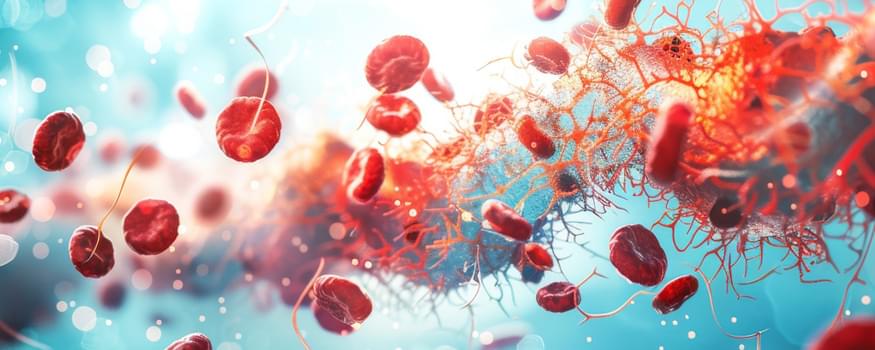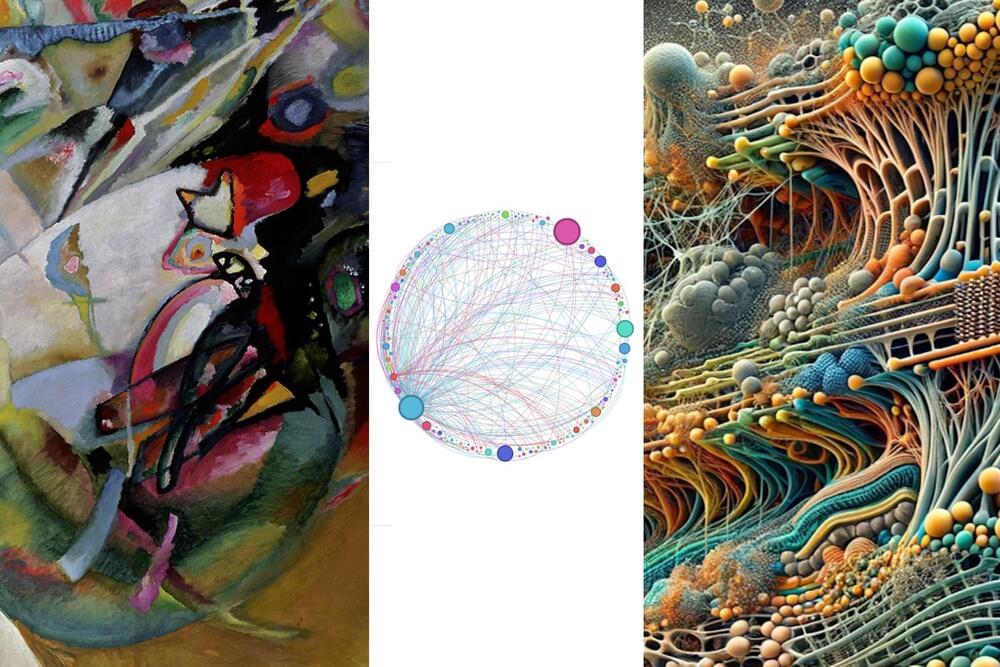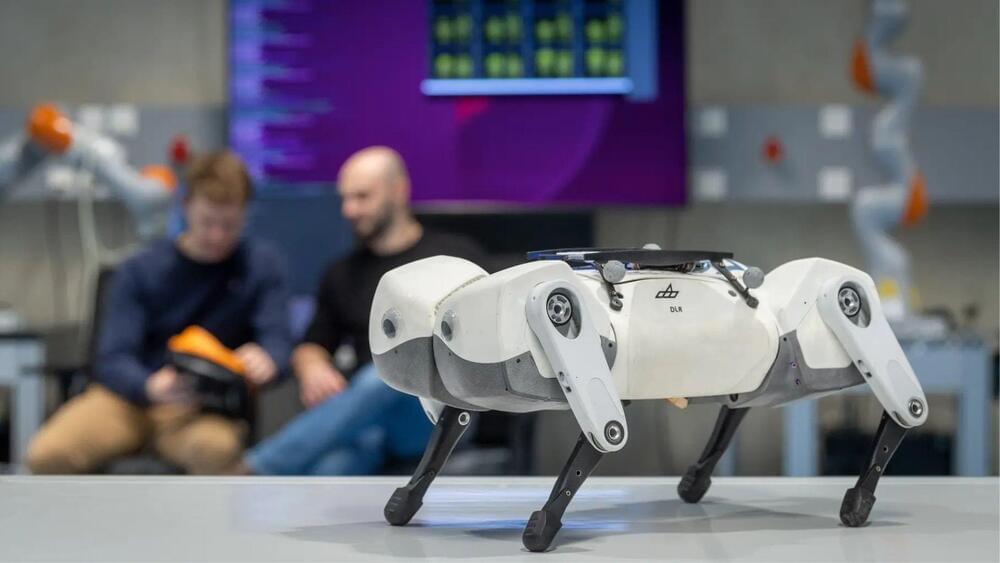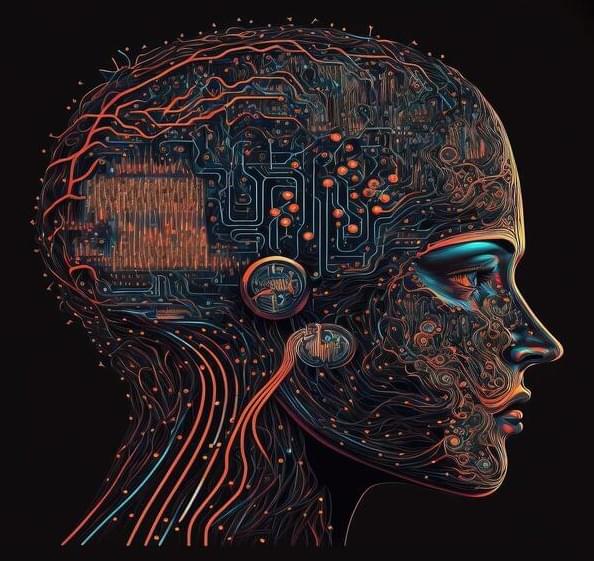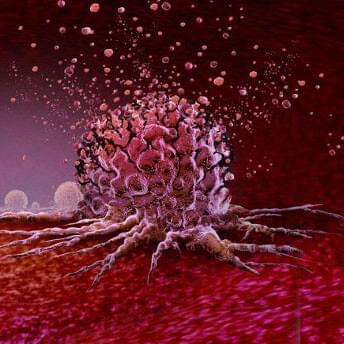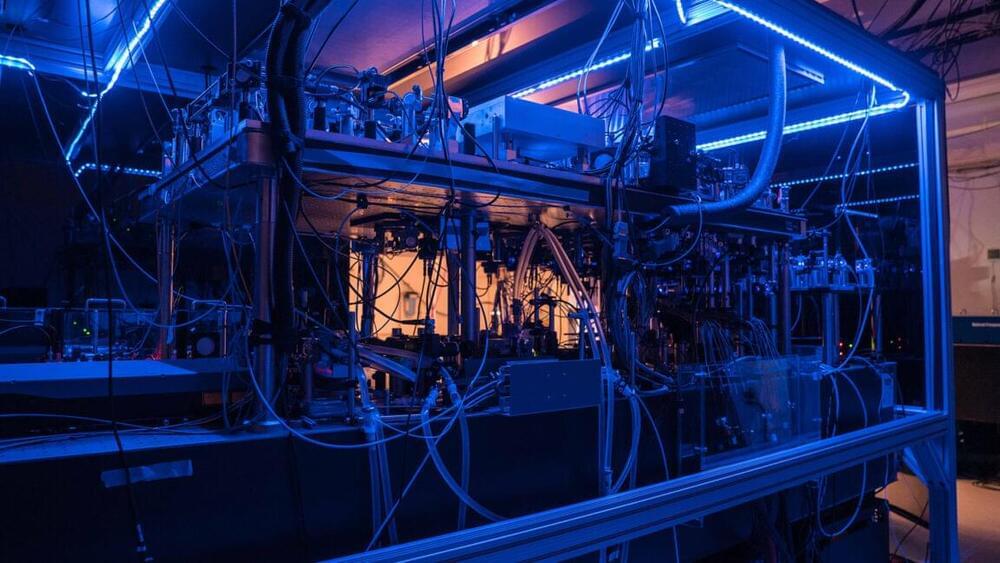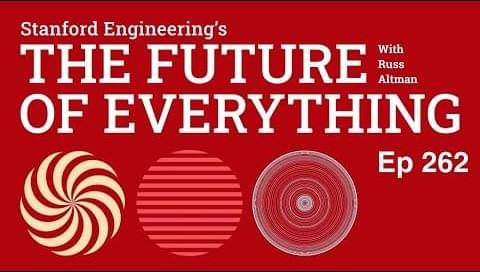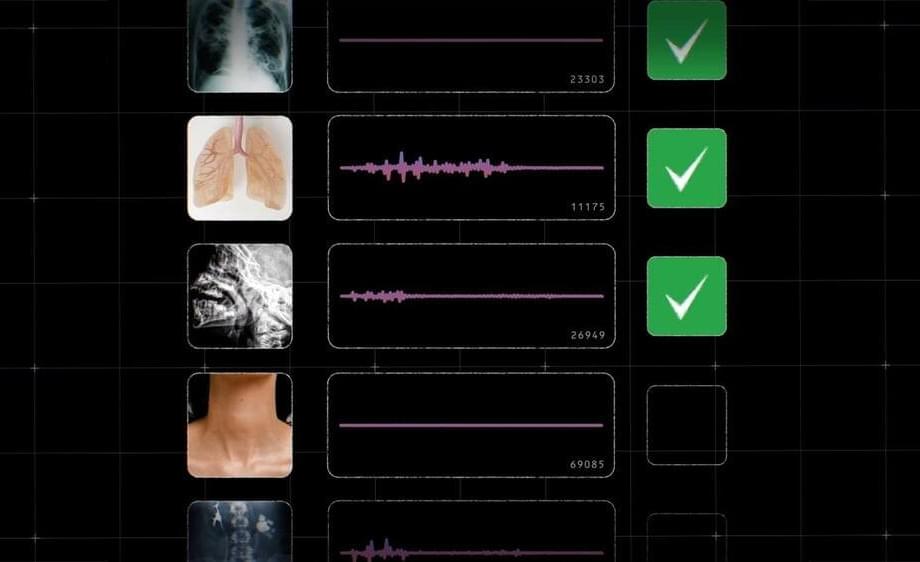Nov 19, 2024
Platelets gliding along surfaces: Using this concept to improve anti-thrombotic treatments
Posted by Shubham Ghosh Roy in category: biotech/medical
The risk for thrombosis on equipment within coronary arteries during PCI – and the potential dangerous complications – has led to nearly 50 years of targeted research on the mechanisms of normal and pathologic thrombosis. This research has in turn led to the development of blood-thinning drug treatments to prevent thrombosis during and after PCI. However, the blood thinning (‘anti-thrombotic’) therapies can also lead to life-threatening excessive bleeding. Research to identify the optimal balance of anti-thrombotic drugs that minimises both pathologic thrombosis and excessive bleeding continues through today.
Dr Scott Denardo at Duke University Medical Center in the USA has modelled the behaviour of platelets inside blood vessels and near medical device surfaces. Some of his observations are just now entering the contemporary understanding of thrombosis. Denardo believes that applying these observations can refine existing anti-thrombotic therapies to improve their safety (less bleeding) while not compromising their effectiveness (preventing thrombosis on PCI equipment, including stents).
